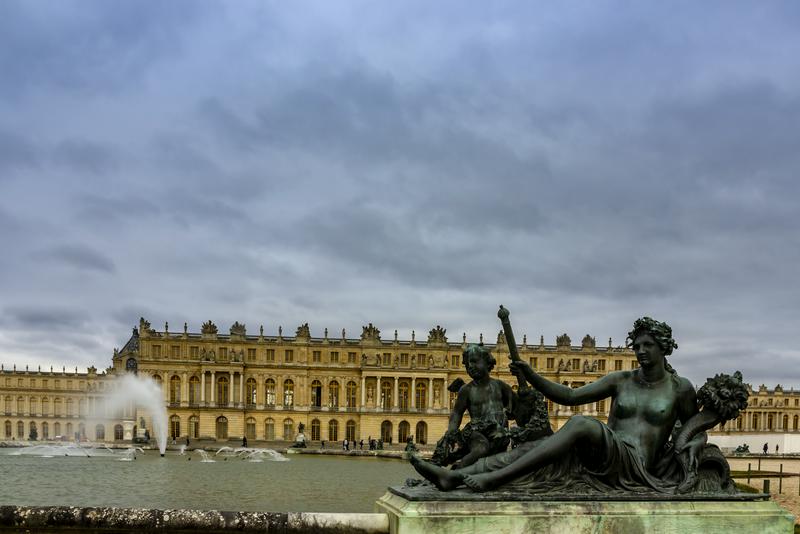The Palace of Versailles
By | August 22, 2019

Of all the royal residences in the world, none have such splendor as Le Château de Versailles in the Île-de-France region, south-west of Paris. While no king or queen resides in the palace today, it is still a symbol of opulence and beauty as well as a totem of French culture and history

What would become the Palace of Versailles started off as a hunting lodge when Prince Louis XIII, came there for his first hunting trip on August 24, 1607. The forests and meadows of Versailles were rich in-game, and the location was convenient to his primary residence and Paris. This pleased the Prince. In late 1624, Louis, now king, built a relatively simple hunting lodge of brick and stone that served as the basis for the later palace.

Versailles is inextricably linked to the next monarch, Louis XIV. Called the “Sun King,” Louis was known for opulence and grandeur. He enjoyed Versailles immensely and starting in early in his reign in 1661 until the end of his reign in 1715 ordered four separate building projects to transform it into a marvel. It is said that he spent over 100 million livres building it. The two primary architects were Louis Le Vau and his successor, Jules Hardouin-Mansart.

One of the most famous features of Versailles is the Galerie des Glaces, or Hall of Mirrors, designed by Hardouin-Mansart. The hall is over 239 feet long and contains 17 immense mirrored arches. Incredibly ornate, it was sometimes lit by 20,000 candles to enhance its magnificence.

In 1682, Louis XIV moved his court to Versailles and it remained the center of power for the French monarchy until the Bourbons were swept away by the French Revolution in 1789. King Louis XIV drew nobles to Versailles and through enticement and the establishment of seeming petty etiquette which when followed by the aristocracy was invariably rewarded. It was in this way the Louis consolidated his power.

Versailles was known for its formal parties with the first official one being the so-called “party of the delights of the enchanted island.” It lasted from May 7 to 13 in 1664 in which members of the royal court acted out a popular romance of the magician Alcine who held knights prisoner. Louis acted out the part of the chief hero being lavishly dressed in fiery-hued garments and bedecked with jewels.

Louis XIV’s successors, Louis XV, and Louis XVI continued to expand and enhance the palace but not at the same pace as their forebearer. In its final form, Versailles’s statistics are astounding. Its grounds cover 2,014 acres, the palace is 721,206 square feet, there are 700 rooms, 67 staircases, 1,200 fireplaces, and 2,153 windows. There were thousands of pieces of art on display through the palace and hundreds of sculptures on the grounds.

Louis XVI was forced out of the palace in 1789 due to the Revolution and it was designated a museum. After the ascent of Napoleon, Versailles was again designated as a palace but remained mostly unused. Later, in the 1830s Versailles once again was designated as a museum, which it has remained more or less ever since.

Several important events have taken place at the Palace of Versailles, which makes sense concerning its prominence. The Russian Czar, Peter the Great visited Versailles in 1717. The musical prodigy, Wolfgang Amadeus Mozart visited Versailles in the 1760s. The first hot air balloon flight took place on the grounds in 1783. In 1871, at the conclusion of the Franco-Prussian War, a defeated France watched as the German Empire was declared in the Hall of Mirrors. This defeat helped lead toward the First World War which concluded with the famously flawed Peace of Versailles in 1919. Recognizing its cultural import, UNESCO in 1979 designated it a World Heritage Site. It is still used as a place for state visits today.

Recognizing its cultural import, UNESCO in 1979 designated it a World Heritage Site. It is still used as a place for state visits today.

